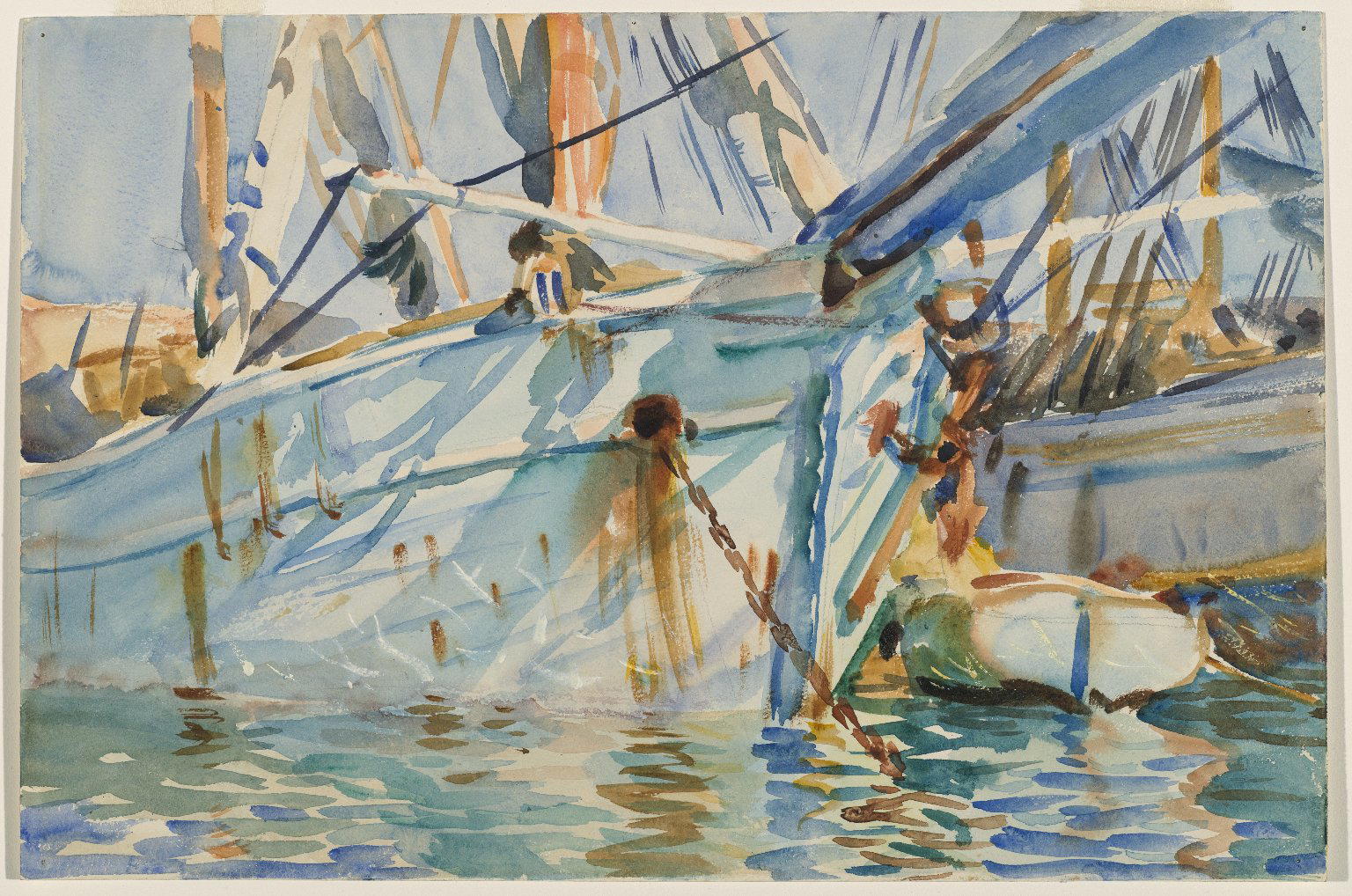In a Levantine Port

Brooklyn Museum photograph
Object Label
Caption
John Singer Sargent (American, born Italy, 1856–1925). In a Levantine Port, ca. 1905–1906. Translucent watercolor and touches of opaque watercolor with graphite underdrawing, 12 1/16 x 18 1/8 in. (30.6 x 46 cm) frame: 23 7/8 x 29 7/8 x 1 1/4 in. (60.6 x 75.9 x 3.2 cm). Brooklyn Museum, Purchased by Special Subscription, 09.825. (Photo: Brooklyn Museum)
Gallery
Not on view
Collection
Gallery
Not on view
Collection
Artist
Title
In a Levantine Port
Date
ca. 1905–1906
Medium
Translucent watercolor and touches of opaque watercolor with graphite underdrawing
Classification
Dimensions
12 1/16 x 18 1/8 in. (30.6 x 46 cm) frame: 23 7/8 x 29 7/8 x 1 1/4 in. (60.6 x 75.9 x 3.2 cm)
Signatures
Unsigned
Credit Line
Purchased by Special Subscription
Accession Number
09.825
Have information?
Have information about an artwork? Contact us at
